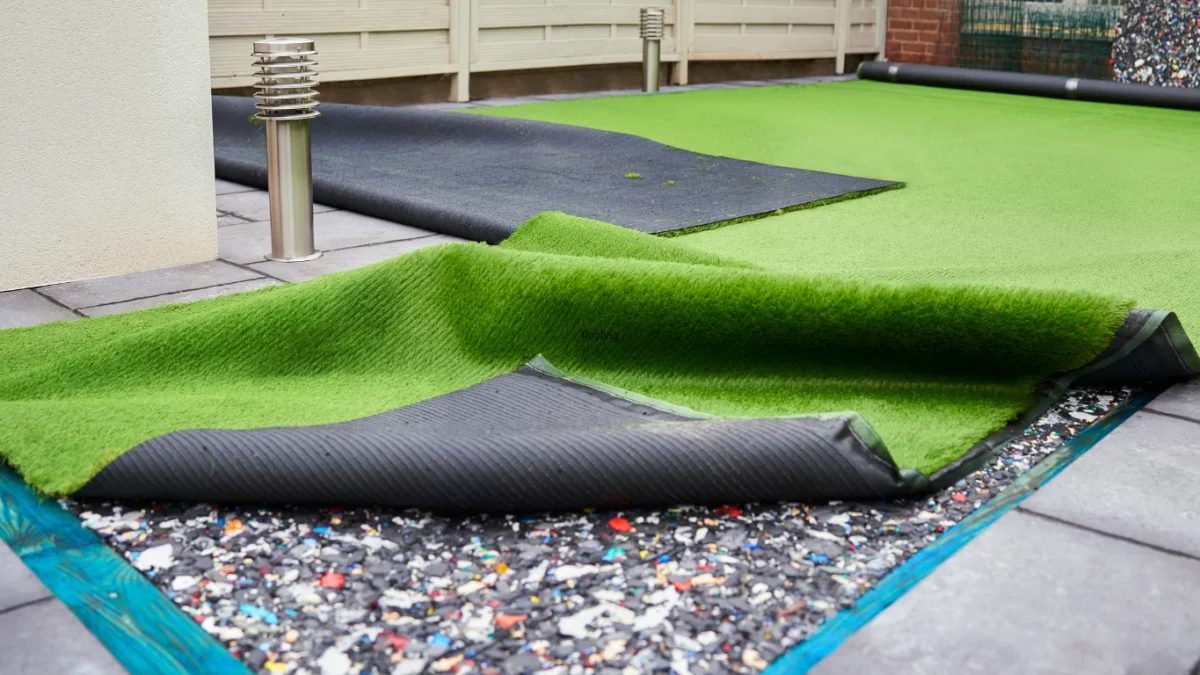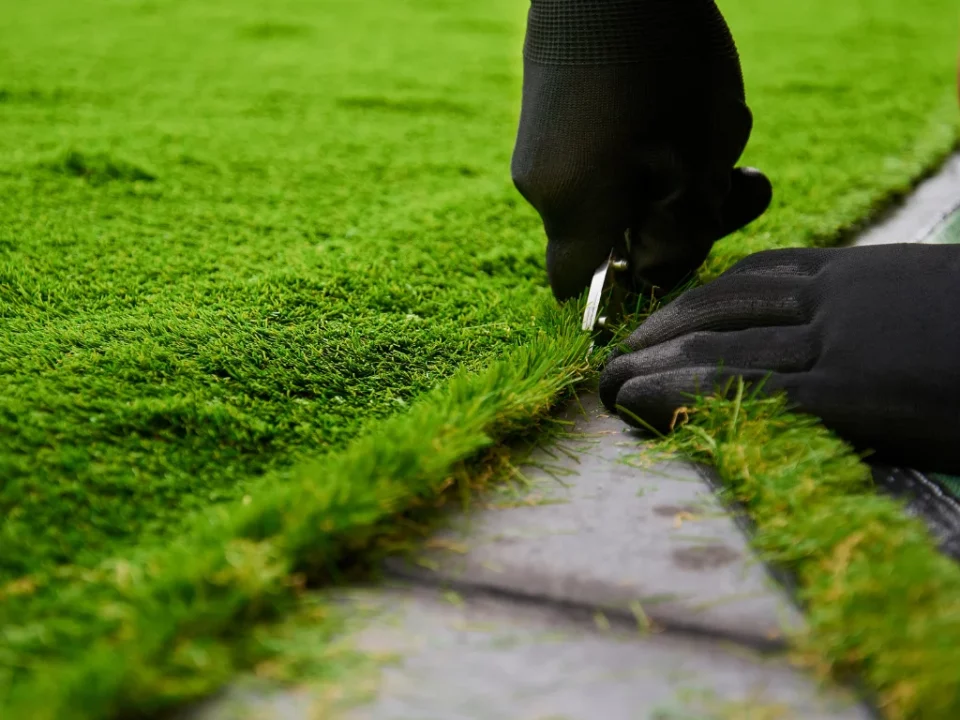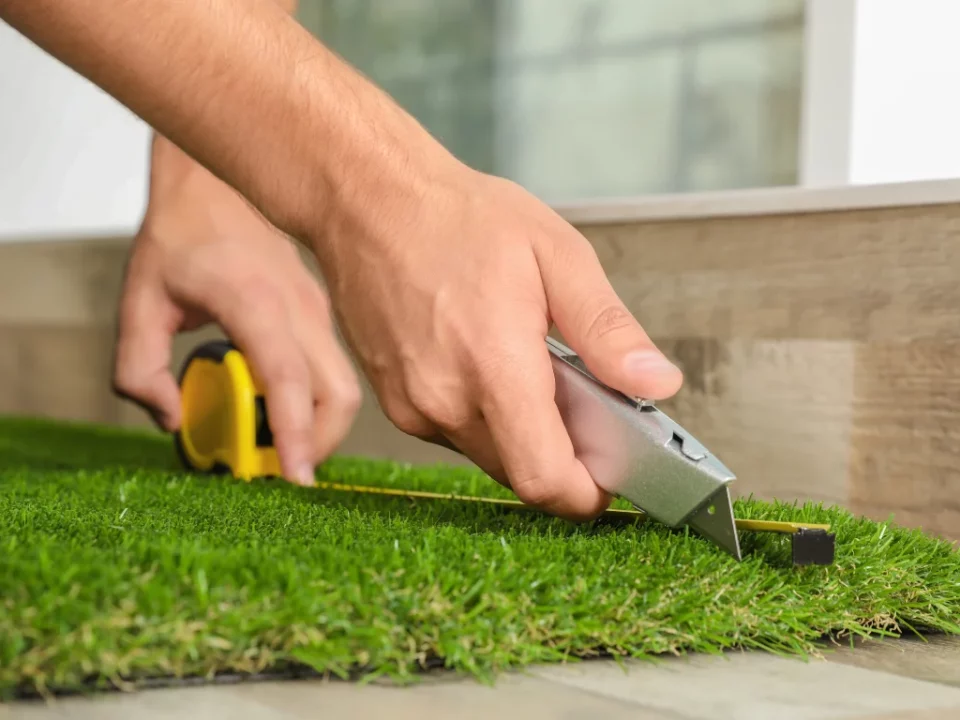Achieving a lush, green lawn without the hassle of constant maintenance is possible with artificial grass installation. This process provides homeowners with a durable, low-maintenance alternative to natural grass while ensuring a visually appealing outdoor space. Understanding the steps involved in artificial grass installation can help you achieve the perfect lawn that remains beautiful year-round.
Artificial Grass Installation: A Step-by-Step Guide to Preparing Your Lawn
Proper preparation is essential for a successful artificial grass installation. The first step is to clear the area of any existing grass, weeds, or debris. Using a sod cutter or shovel, remove the top layer of soil to create a smooth and even base. Any remaining vegetation should be treated with a weed killer to prevent unwanted growth beneath the artificial turf.
Next, install a base layer to provide stability and drainage. A crushed rock or decomposed granite layer should be spread evenly across the area and compacted using a plate compactor. This step ensures a firm foundation that prevents shifting or uneven surfaces over time. A slight slope can be incorporated to promote proper water drainage.
After compacting the base, a weed barrier fabric should be placed over the area to minimize the risk of weed growth. This additional layer helps maintain the artificial grass’s clean appearance while reducing long-term maintenance efforts. Proper preparation is key to ensuring the artificial grass installation results in a flawless and long-lasting lawn.
Artificial Grass Installation: A Step-by-Step Guide to Laying and Securing Turf
Once the base is ready, it is time to lay the artificial grass. Start by unrolling the turf and allowing it to settle for a few hours. This step helps the material adjust to temperature changes and minimizes wrinkles. If multiple pieces are required, position them carefully to ensure the fibers align in the same direction for a natural appearance.
Trimming the edges of the turf is necessary to achieve a perfect fit. A utility knife can be used to make precise cuts, ensuring that the artificial grass fits seamlessly around obstacles such as pathways or garden beds. Once in place, secure the turf using landscape nails or adhesive along the edges and at regular intervals throughout the surface. This prevents shifting and keeps the artificial grass securely in place.
To create a natural look, infill material such as silica sand or rubber granules should be evenly distributed over the turf. This step provides additional weight, enhances durability, and helps the blades stand upright. Using a power brush or stiff broom, spread the infill evenly and brush the grass fibers to achieve a soft and realistic finish.
Artificial grass installation is a simple yet effective way to achieve a perfect lawn with minimal upkeep. By following each step carefully, homeowners can enjoy a beautiful, green landscape that remains pristine in all seasons.






